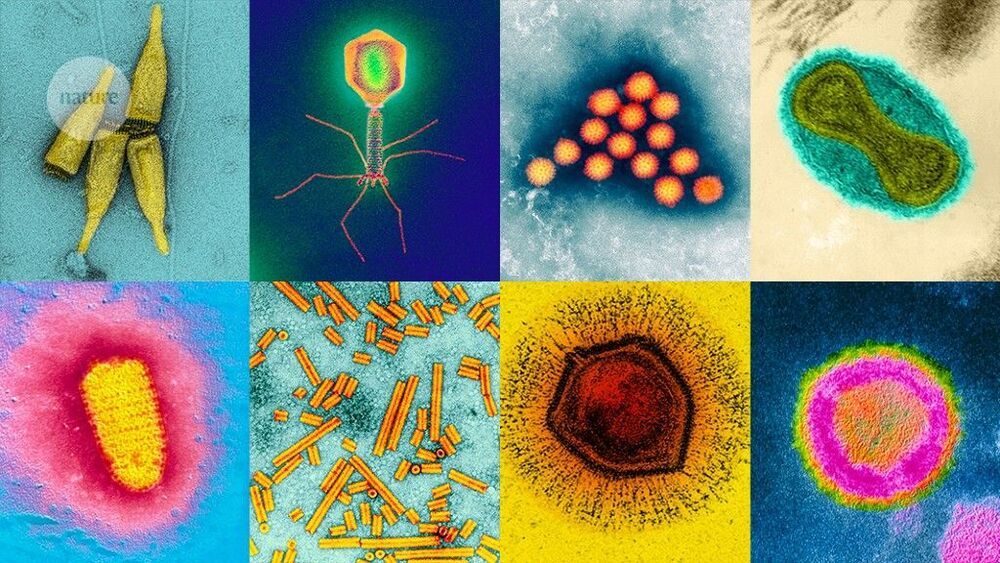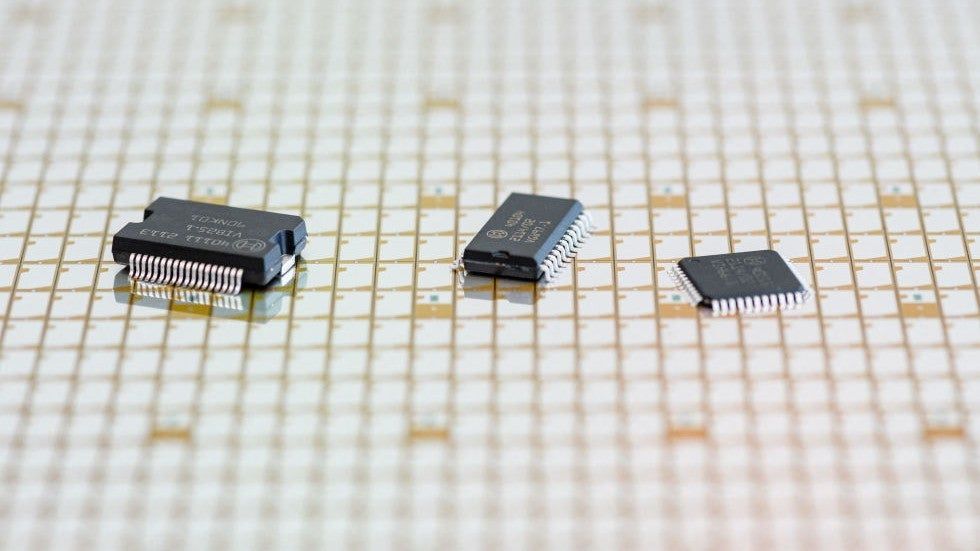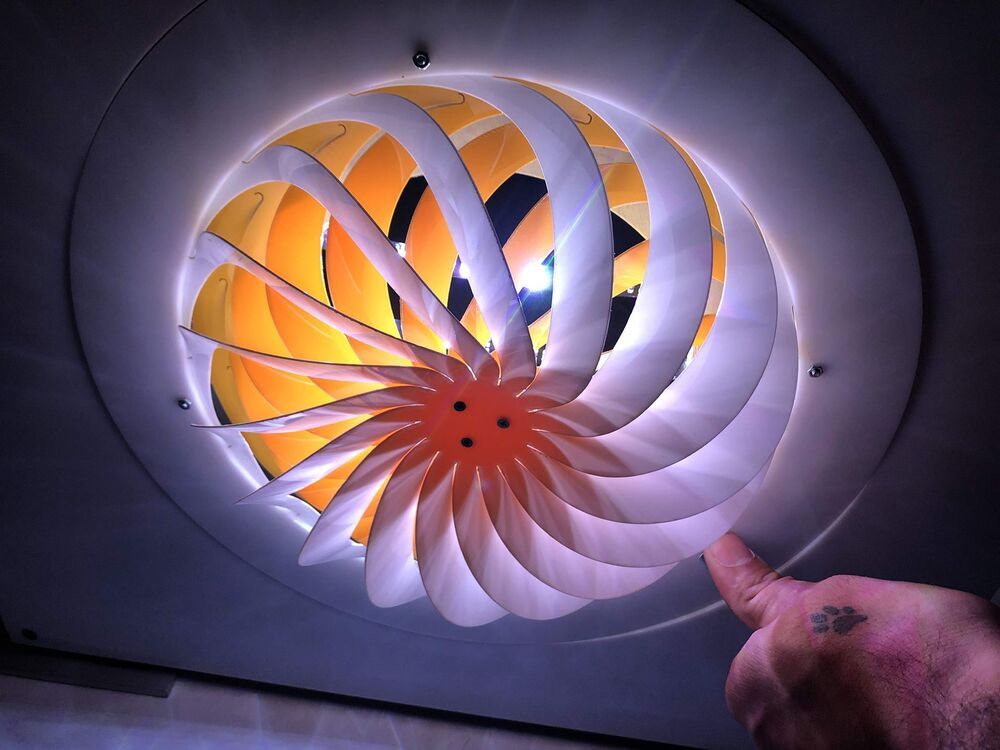Crayfish DNA can help us conquer cancer finally.
Finding may also provide clues to how cancer spreads.


Over the past ten years, the number of known and named viruses has exploded, owing to advances in the technology for finding them, plus a recent change to the rules for identifying new species, to allow naming without having to culture virus and host. One of the most influential techniques is metagenomics, which allows researchers to sample the genomes in an environment without having to culture individual viruses. Newer technologies, such as single-virus sequencing, are adding even more viruses to the list, including some that are surprisingly common yet remained hidden until now. It’s an exciting time to be doing this kind of research, says Breitbart. “I think, in many ways, now is the time of the virome.”
SARS-CoV-2 is just one of nonillions of viruses on our planet, and scientists are rapidly identifying legions of new species.
Researchers from Baidu Research and the University of Maryland have developed a robotic excavator system that integrates perception, planning, and control capabilities to enable material loading over a long duration with no human intervention.

Micron pops the parachute.
Micron announced today that it has entered into a definitive agreement to sell its Lehi, Utah fab to Texas Instruments for $900 million in cash. In March, Micron announced that it planned to sell off the fab, bringing an end to its production of the radical new 3D XPoint (Optane) memory technology that it developed with Intel. Texas Instruments plans to deploy its own technologies at the site, meaning that it will not be used for 3D XPoint production. Intel currently doesn’t have any known high-volume production of the strategically important storage/memory media. However, it is known to produce a small amount of the media for research and validation at its New Mexico facility. As a result, Intel will likely have to establish its own production lines to ensure the supply of its Optane based SSDs and persistent memory DIMMs for its data center clients, though demand has seemed tepid.
Micron chose to exit 3D XPoint manufacturing due to lackluster demand that the company said had “insufficient market validation to justify the ongoing high levels of investments required to successfully commercialize 3D XPoint at scale.” The company recently divulged that it lost $400 million this year alone due to the lack of demand for 3D XPoint.
Micron has an agreement to produce 3D XPoint (which Intel brands as ‘Optane’) for Intel until the end of 2021. However, Intel’s own efforts to productize Optane, which uses the 3D XPoint media, have met with slow but steady uptake in the data center but fizzled in the consumer market. As such, Intel ceased production of all Optane devices for desktop PCs in January 2021.


Answer.
Financially motivated cybercriminals are increasingly turning to Cobalt Stike, a legitimate tool that cybersecurity professionals use to test system security, researchers at Proofpoint found.
The cybersecurity firm declined to disclose specific numbers but reported a 161% increase in attacks using Cobalt Strike in 2020 compared to 2019. Proofpoint researchers have already seen tens of thousands of organizations targeted by the tool this year and expect those numbers to climb in 2021, according to the report the firm released Tuesday.
Threat groups are able to get ahold of the tool from pirated versions circulating the dark web, according to Sherrod DeGrippo, senior director of threat research and detection at Proofpoint.

Fortunately, automakers, suppliers and government leaders are examining things like electric vehicles and where batteries and other parts come from as they push for North American production. The Department of Energy has released a National Blueprint for Lithium Batteries, and a plan to support the domestic battery production to meet growing needs as people go back to work and school in the fall.
It is tempting to see the chip storage problem as just a technology story. But it also has real-world implications for our national security as so much of defense relies on computers and communications in the era of modern warfare.
As Americans celebrate our independence, we have to re-commit to being independent when it comes to reliance on others for goods and services that fuel our lives. We can’t make everything at home, but we can make more and ensure that disruptions abroad don’t reverberate, negatively, at home. As Congress continues to debate infrastructure and other major legislation, and the COVID-19 pandemic retreats, we will need to work together to ensure that we are prepared for whatever 2022 might bring.


Ordinarily, if you’re building something, you don’t want the materials to buckle under pressure. In a new Harvard University-designed system, however, that buckling action allows flat-packed objects to be twisted into useful three-dimensional forms.
Most existing “buckling-induced deployable structures” consist of linked straight pieces that are popped into shape via straight linear motion, which often requires a fair bit of force to be applied by the user. Folding chairs are one frequently frustrating example.
Seeking an easier alternative, Harvard researchers instead set about building items made up of linked curved pieces. Generally speaking, curved objects (such as beams) are less mechanically stable than their straight counterparts. In most scenarios, this is an undesirable quality. In the case of pop-up devices, though, it means that they’re easier to buckle into the desired form.
“In physics, we often say that exceptional discoveries require exceptionally strong evidence.”
Within the space of ten days, LIGO detected gravitational waves that prove black holes can form binaries with neutron stars.